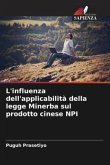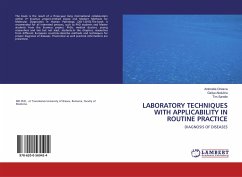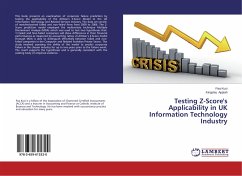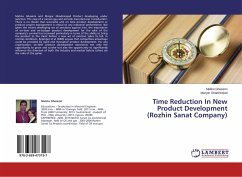To produce stainless steel nationally, China uses NPI (Nickel Pig Iron) ± 53%, scrap of stainless steel ± 15%, and primary nickel ± 32%. China is the world's largest stainless steel producer in 2015. NPI was obtained from the processing of the low grade laterite (nickel oxide ores) with a pyrometallurgical process using BF (blast furnace), EF (electric furnaces), and RKEF (rotary kiln electric furnaces). The cheap prices of the low-grade laterite are imported from Philippines and Indonesia because China does not have the natural resources of laterite (nickel oxide ore). In anticipation of the enactment of the Mining Law 2009 starting in January 2014 in Indonesia which prohibits export the raw materials of mineral and is obliged to process them domestically, and maintains itself as the world's largest stainless steel producer. So China tried to build the factories of NPI and stainless steel in Indonesia. Also import more the low-grade laterite from Philippines to replace the low-grade laterite from Indonesia.If Indonesian officials both at the central and regional levels have not national soul and not smart, Indonesia "does not get" the benefits of Chinese investment but mudarat.








